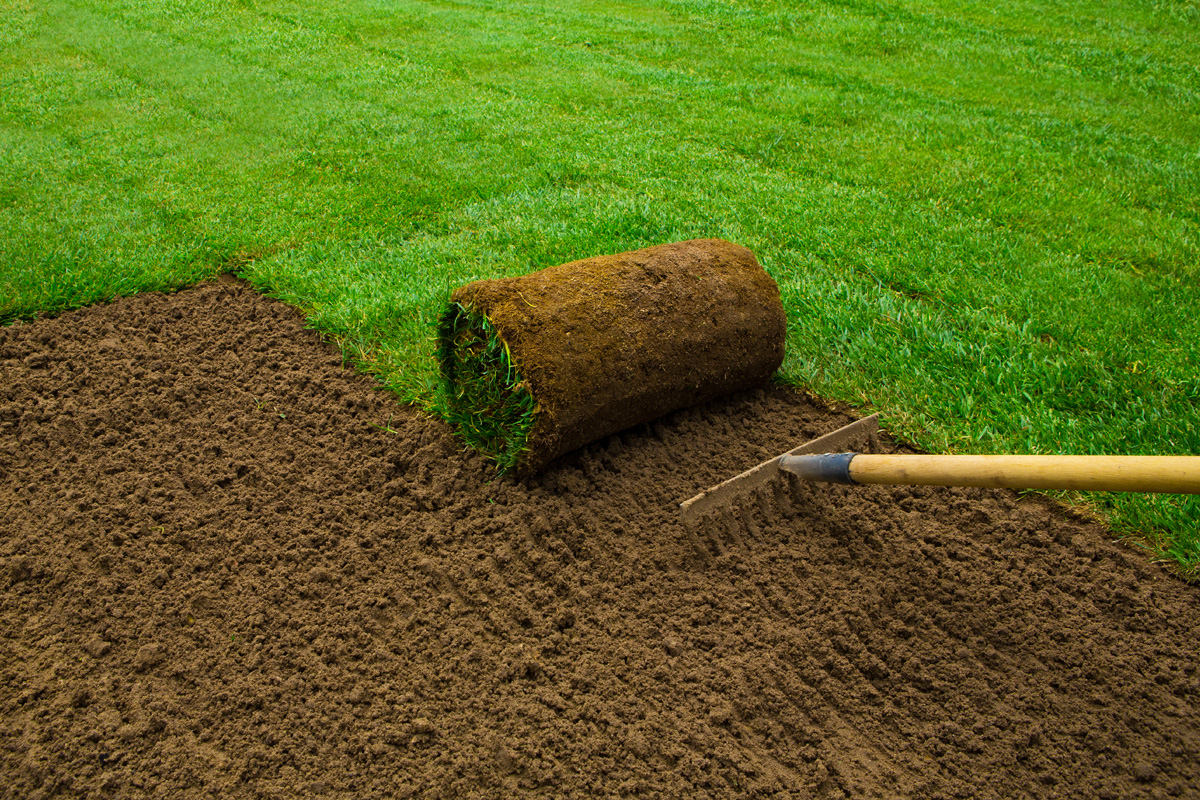Well the best advice we’ve always been given is to lay your lawn green side up… but it is a little more complicated than that.
Step 1
Soil preparation
Soil preparation is the key to a successful lawn. And as they say, soils ain’t soils.
So, before you start ordering turf you should begin by investigating why your previous lawn didn’t do so well. After all, you’re replacing it for some reason.
The most common reasons are:
Shade your lawn type wasn’t suited to your area and it required extra love, maybe it was to hot or to much shade for your area
Lack of water if you are on a water budget than you should be considering varieties that require less watering
Poor soil having a in depth look at the quality of your soil is a great way to start the journey to success
Pest damage while some varieties are more pest resistant it would be a good time to reconsider how you care for your lawn investment
Once you have your soil ready for turf it’s important to start your lawn in the right direction with a turf starter fertiliser like Lawn Play Underlay, this product supports your new lawn in 5 brilliant ways.
• Helps establish new lawns faster than ever before
• Proven safe for allturf varieties including Buffalo, Couch and Zoysia
• All-in-one mix of slow release nutrients and Water Crystals to power new growth
• Builds healthier soil
• Ensures new roots get the water they need
So if you want your lawn to act like Speedy Gonzales, then Underlay Underlay….


Step 2
Ordering your turf.
Deal direct with the turf farm.
It’s the best way to get the best price and remember these people grow the grasses so know which ones will suit your situation.
Make sure you measure your lawn accurately, so try to remember all those formulas from primary school. Google earth is a great tool to use for larger lawns. Usually it’s best to allow 5% extra for off cuts.
Step 3
Laying your turf.
Start with a lap around the outside. It’s important to have a nice thick slab around the edge as the edges are the first to dry out, little offcuts won’t survive.
Then lay your turf across the slope, ensure each roll is hard up against the previous one to ensure that your turf doesn’t dry out. Use a sharp spade to cut turf cleanly.
As soon as you can, get water onto the new turf. It’s important to water right through the roll and into the soil. To check this it’s easiest to lift a roll of turf and check underneath, you might be surprised by how much water it takes.
Keep the lawn moist for the next 14 days. Start to check the roots after day 7 (assuming you are laying in Spring) to see if the roots are starting to develop. As this occurs start to reduce the watering frequency but keep deep watering.


Step 4
Post planting care.
Your lawn has been busy growing new roots so it will quickly use up all that starter fertiliser.
12 weeks after laying it’s time to hit it with an all purpose fertiliser like Lawn Play All Rounder. This will help it continue in the right direction and then the lawn can move into a normal maintenance routine.

